2.3 The Twelve Labours of Heracles
Learning Objectives
By the end of this section, you will understand the twelve labours and their significance, how Heracles overcame each challenge, the representation of the labours on the Temple of Zeus at Olympia, and Heracles' role as founder of the Olympic Games.
From Madness to Redemption
Following the murder of his family in a fit of madness sent by Hera, Heracles sought purification at the Oracle at Delphi. The Pythia commanded him to serve his cowardly cousin King Eurystheus of Tiryns for twelve years and perform whatever labours were demanded.
Why Twelve Labours?
Originally there were only ten labours, but King Eurystheus discounted two of them:
- The Lernaean Hydra (Labour 2): Eurystheus claimed this didn't count because Heracles had help from his nephew Iolaus, who cauterised the neck stumps to prevent heads from regrowing.
- The Augean Stables (Labour 5): Eurystheus refused to count this because King Augeas had offered payment for the work (though he later refused to pay), making it a job rather than a labour.
Because of these disqualifications, Eurystheus demanded two additional labours, extending Heracles' service and sending him on even more dangerous quests - including fetching the Golden Apples of the Hesperides and capturing Cerberus from the Underworld itself.
Types of Labours
The labours progressed in difficulty and scope. The first six were relatively local to the Peloponnese, while the later labours took Heracles to the edges of the known world and even beyond - to the underworld itself.
Click a Labour to Explore
Why the Labours at Olympia? The Temple of Zeus (c. 470-456 BCE) displayed Heracles' labours because he was believed to be the founder of the Olympic Games. The sculptural program celebrated the hero's journey from sin to redemption - a perfect message for athletes seeking glory through struggle.
The Sacred Order: The labours were arranged to tell a story of progression - from local Peloponnesian monsters to distant lands, finally reaching the supernatural realm. This geographic and spiritual journey mirrored the athlete's own path to excellence.
The western side faced the sacred Altis grove where competitions began

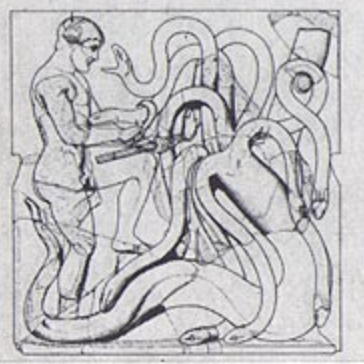

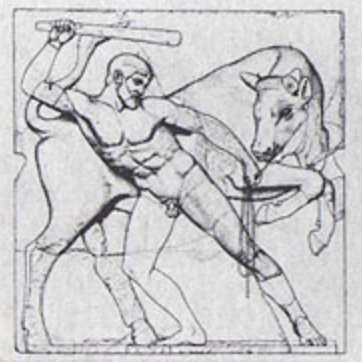
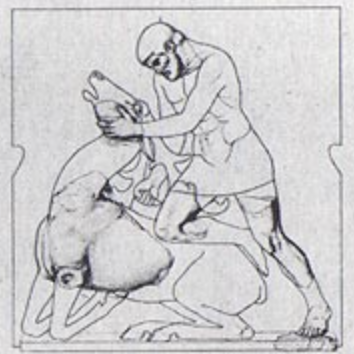
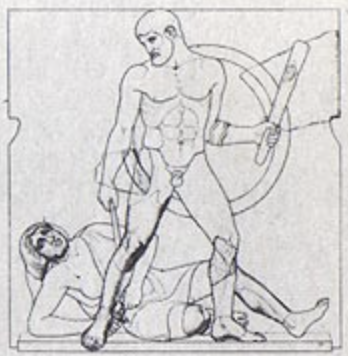
The eastern side faced the rising sun and the finish line
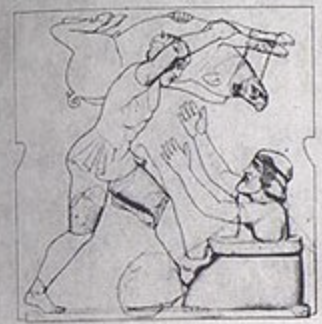
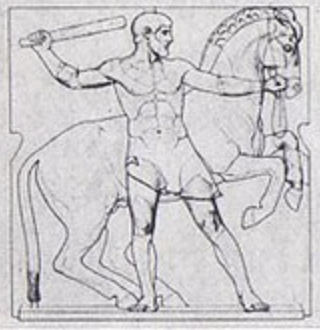
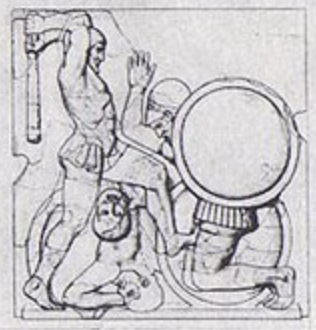
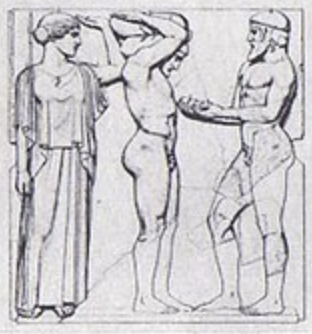
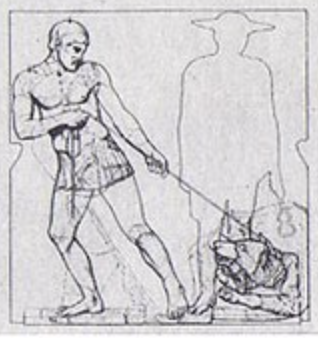
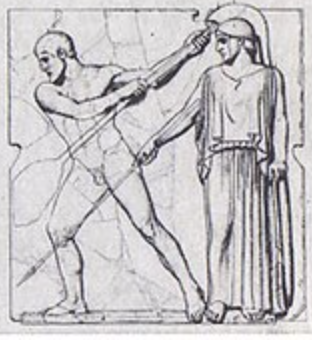
Symbolic Arrangement at Olympia
🏛️ Architectural Message
The metopes formed a visual narrative around the temple's perimeter, teaching visitors about heroic perseverance and divine justice through Heracles' journey.
🏃 Athletic Inspiration
Athletes saw Heracles' struggles before competing, understanding that true victory required overcoming seemingly impossible challenges through persistence and divine favor.
⚖️ Moral Instruction
The labours showed that even the greatest sin (Heracles' infanticide) could be redeemed through suffering, service, and heroic deeds - a powerful message for all visitors.
Click on any metope to see the sculpture in detail. The original sculptures are now in the Olympia Archaeological Museum, with plaster casts displayed at the site.
Heracles: Founder of the Olympic Games
The Meaning of the Labours
Personal Redemption
The labours transformed Heracles from a man guilty of killing his family into a purified hero. Each labour represented a step in his journey from guilt to redemption, from mortality toward immortality.
Civilising Force
By defeating monsters and clearing dangerous beasts, Heracles made the world safer for humanity. He represents civilisation triumphing over the wild, order defeating chaos.
Geographic Scope
The labours took Heracles from local challenges in the Peloponnese to the edges of the earth and even to the Underworld. This progression showed his growing power and the universal scope of his heroism.
Divine Testing
Though initiated by Hera's hatred, the labours ultimately proved Heracles worthy of divinity. By succeeding where any mortal would fail, he earned his place among the gods.
From Labour to Glory
The Twelve Labours stand as the greatest series of heroic deeds in Greek mythology. They showcase every aspect of heroism:
- Physical strength: Wrestling lions, holding up the sky
- Cleverness: Diverting rivers, tricking Atlas
- Perseverance: Pursuing the hind for a year
- Courage: Descending to the Underworld
- Humility: Serving a cowardly king for twelve years
The representation of these labours on the Temple of Zeus at Olympia, the most important Panhellenic sanctuary, shows their central importance to Greek culture. Here, at the site where Heracles founded the Olympic Games, his labours were immortalised in stone, inspiring athletes and pilgrims for centuries.
Through these impossible tasks, Heracles proved that even the greatest sin could be redeemed through suffering and service. His labours became a template for heroism - showing that true greatness comes not from avoiding failure, but from accepting responsibility and working toward redemption.
